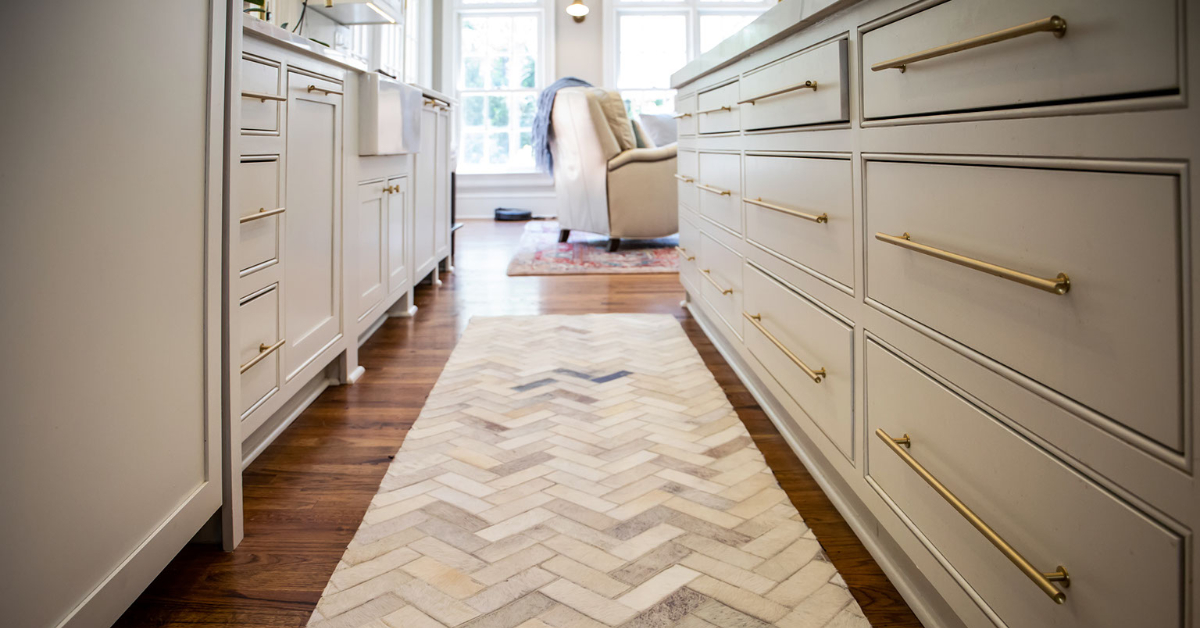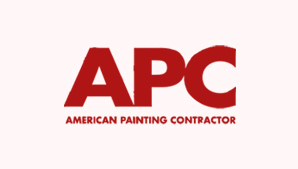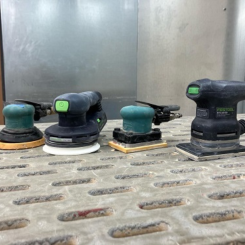Staring at the Stairs
Step-by-step guide to painting with an open mind by Scott Burt
18 January, 2022
Step-by-step guide to painting with an open mind by Scott Burt
18 January, 2022

Painting new homes as they are being built is not for everyone, but for those of us who choose to do it, there are lots of nuances to the game. Building a relationship with the general contractor, working in tandem with 15 other subcontractor trades, budget accountability and tight schedules are a few of the big challenges. I have always said that it is not the elephants that kill you, it is the mosquitoes … the little things.
I have found that it is best to attack new construction interiors from the top down, then work both ends toward the middle — literally the front door. It creates smooth sailing when you insert yourself and your crew in the second floor of a home and then politely keep people out of the area while you work on it. It is easy to go into a room or a space and shut the door (although sometimes the doors haven’t been hung yet).
While the scopes of work can feel daunting at times, it is important to remember that any interior is really just the sum of its parts. The basic parts are always the same: ceilings, walls, trim, windows and doors. Not all ceilings are created equal. Some are vaulted or clad in shiplap, which creates more degrees of difficulty. Then other times, you catch a break and the window sashes are factory prefinished so you don’t have to touch them.
The front end of the job, where many of these items are done, feels like open road, but like on almost any trip, you hit backups and slowdowns in transitions from one area of the house to another. For example, all upstairs and downstairs floors are connected by a stairway. This is a challenge every time because it is a high-traffic area, so when you set up in a stairway, you are in everyone’s way. This is further complicated by the reality that stairways are one of the more difficult items to finish on any job. For many years, I chose to do them myself because it allowed me to block traffic from going floor to floor and I could keep my crew productive and undisturbed on the second floor. (And they couldn’t get by to leave until I let them!) This role requires a lot of patience and a good natured personality.
That said, when you break a stairway down into its parts and pieces, there is a lot going on. In a traditional set, there are handrails, treads, risers, cove or scotia moldings, skirt boards and landings. Often, the handrails and treads are natural wood, while the rest of the parts are painted to match the trim. This is usually all brushwork, and there is a lot of precise cutting required.

Depending on the project, stairs generally come in two different flavors. They can be delivered to the site as a prebuilt unit that gets installed as one or two sections, or they are custom- built on site.
Both have their challenges. The quality of materials — wood selection primarily — on production units is sometimes not great for the finisher. You often end up dealing with raw wood treads that need a few coats (of typically oil finishes) on-site. This makes an already difficult task even more time consuming and hard to coordinate.
The custom-built stairway is also challenging because the expectations are very high. Whenever something is custom-built, craftsmanship must shine. For whatever reason, I have always enjoyed that realm. As a result, my company is the first call for many local custom builders. I have gotten smarter over the years by training others in my company to take over stair-finishing opportunities. I have always trained my people with the understanding that our company believes that brush skills are one of the most valued talents in the painting craft.
Recently, we teamed with a building company on a million-dollar spec home build. It was a builder with whom we have worked for many years on higher end projects. When the project got to the point of stairs, it became clear that it would be a site-built custom set. They threw a new sequence at me for finishing the stairway.
One thing that I love about the painting business is that we have the opportunity to learn new ways of doing things. The more talent you surround yourself with, the more you are likely to learn and share methodologies. So, when they suggested that we could finish the stairway in place without the treads on, I was intrigued.
The carpenters built the set in place. They prefit the actual treads, labeled them and set them up in the basement for us to prefinish. They made temporary plywood blanks to go in the stairway during the project. This way, we could do all the dirty work — the nail hole filling, sanding and caulking — without having to protect the actual treads.
The real beauty of this method was that we could pull the temporary treads to paint all the parts. Most importantly, the little scotia (or cove) molding that tucks up under the bullnose tread became fully exposed and super easy to paint. Usually, we have to lay upside down in the stairway and cut those into the bottom of the tread. By the end of the day, you feel like you have one leg shorter than the other.
Pulling the temporary treads as we worked our way down and eliminating cutting reduced our time in the stairs to less than half of what it would usually be. That is a huge gain at a critical time on the project, and the results are better because you can apply more paint. When you are painting faster, you can apply more paint — which is a really nice added value in high-traffic stairways.
At this point, I have a crew of all 20-somethings, which I am very excited about. They are all trained in-house and came with few bad habits to break. In addition to creating opportunities for them to learn new skills, I am emphasizing in our company culture the importance of attitude and relationships. Trying new tools and techniques and not getting caught up in the “I’ve always done it this way” syndrome is a big part of that.
The importance of those two factors within our team, with our customers, and with builders and subs we team with is critical to our success. The story I have shared with you here would not have been possible without a solid relationship with the builder, characterized by open-minded communication. When everyone is pulling their own weight and looking for ways to make each other’s work more efficient, going to work every day becomes a lot more fun and less like a job.
Scott Burt is senior editor of APC and owner of Topcoat Finishes in Vermont. He enjoys communicating with paint contractors at topcoatreview.com.




Add new comment